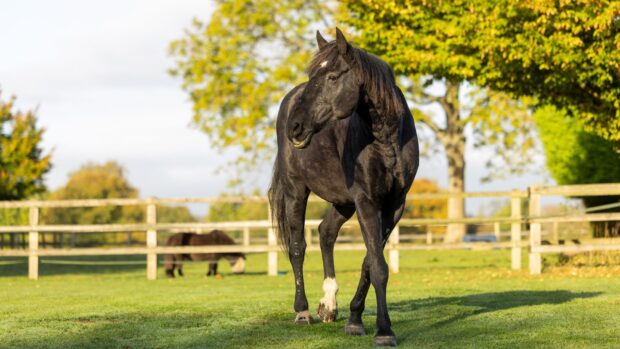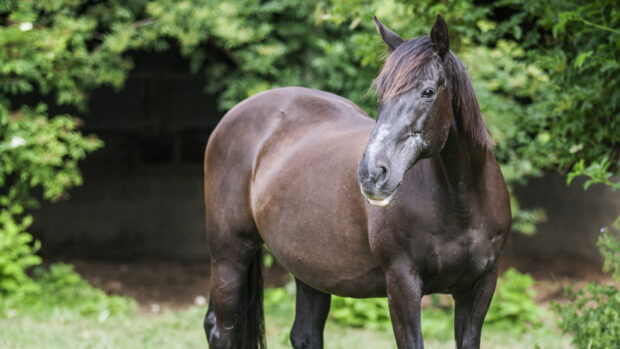Diagnosis of bone spavin and the understanding of its development have been improved thanks to new research funded by The Horse Trust.
Researchers from the Animal Health Trust (AHT), Royal Veterinary College and University College London used X-ray, magnetic resonance imagery (MRI), bone densitometry and microscopes to compare the hock joints from horses exercised at varying intensities.
They found that horses with bone spavin had abnormal bone thickness, and that varying exercise between straight lines and circles could help balance the strains on the joints.
The researchers also claim their study flagged up the benefits of MRI over X-rays in detecting subtle hock abnormalities that can cause a horse pain.
Bone spavin — or osteoarthritis of the lower hock joints — is the most common cause of hindlimb lameness and can result in horses being put down.
Read more about bone spavin
This news story was first published in Horse & Hound (9 August, ’07)



